
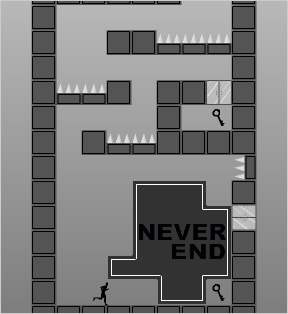 Is anyone tired of Portal-inspired games about some faceless dude stuck in a sterile laboratory environment full of death traps yet? I know I'm not! Here's another one, comin' atcha! Never End is the ungainly title of this new platform/puzzler from Chinese developer Zlong Games. It may remind you of the Shift series in some not-so-subtle ways, but this game earns its keep with some great atmospheric touches and clever level design.
Is anyone tired of Portal-inspired games about some faceless dude stuck in a sterile laboratory environment full of death traps yet? I know I'm not! Here's another one, comin' atcha! Never End is the ungainly title of this new platform/puzzler from Chinese developer Zlong Games. It may remind you of the Shift series in some not-so-subtle ways, but this game earns its keep with some great atmospheric touches and clever level design.
You control a smoothly animated silhouette of a man who is trapped in the middle of a giant maze full of spikes and shifting blocks. Move left and right with the [arrow keys], and jump with [up]. Now, you wouldn't be a very good lab rat if you didn't have some kind of experimental physics-warping super-power, would you? In this case, it's the ability to alter gravity by rotating the entire room 90 degrees at a time. Do this with the [Z] and [X] keys (sorry QWERTZ users, Asia is unsympathetic to your plight). Your penultimate goal is to find a way to one of the four exits on the outskirts of the overhead map. Your ultimate goal, if you want to wring maximum value from the game, is to escape through all four of those exits in turn, locate all the hidden clues, and uncover the greater secret behind the mysterious structure that confines you.
Most of the puzzles revolve (ha!) around the rotation technique. You'll nearly always be sharing a room with at least one heavy, oddly-shaped block, which must be manipulated using your gravity-altering powers to clear a path for you. Thus, Never End plays much like one of those abstract block-shifting puzzles, except here the blocks can smoosh you flat if you're not paying attention. It's like a big, complicated, deadly game of Tetris.
In a welcome twist (ha ha!) for an online puzzle game (although Shift 3 dabbled with this idea as well), all the rooms are physically connected. A map in the upper right side of your screen keeps track of which areas you've visited, and whenever you exit a room, you'll get a glimpse of the over-arching blueprint of the maze. Many puzzles have multiple exits, some of which can be impossible to reach unless you enter the room from the correct direction. This kind of multi-layered puzzle design makes Never End feel like a complete, intentional experience, rather than a mere list of puzzles that just stops when the designers run out of ideas.
Analysis: First, let's talk about the controls. They're not great. The jumping scheme follows in the footsteps of classic puzzle-heavy platform games like Prince of Persia and Flashback, where every jump had to be tackled in a specific way; but the main character's movement here is too fiddly to be comfortable. In the beginning I spent a lot of time conking my head on the bottom of blocks, when I meant to be pulling myself up onto them. The key is to start a few steps away and run into every jump, even when common sense would tell you to simply stand under the ledge and jump straight up. The standing jump is almost useless in this game. You generally need some momentum.
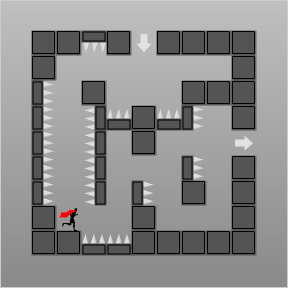 Once you learn how to physically get around, though, this game really becomes rewarding. The puzzles require a lot of careful thought and creativity to solve, even though there is usually just one solution. You don't really have a lot of room to experiment, since rotating the room all willy-nilly will usually get you squashed or dump you onto a bed of spikes, so you have to consider each move before you make it.
Once you learn how to physically get around, though, this game really becomes rewarding. The puzzles require a lot of careful thought and creativity to solve, even though there is usually just one solution. You don't really have a lot of room to experiment, since rotating the room all willy-nilly will usually get you squashed or dump you onto a bed of spikes, so you have to consider each move before you make it.
The flip (oh ho ho!) side of the deliberate puzzle design is the slow pacing. It would be nice just to rip through a room like Usain Bolt* once in a while, but unless you've basically memorized all the necessary moves, you just can't. That, plus the occasional backtracking, plus the gawky controls, means your gratification may be somewhat delayed. It's like when your blind date shows up wearing braces, but then turns out to be a trained masseuse. Which totally happened to me the other day. Back in 'Nam, don'cha know.
Anyhoooooo, what really sold me on Never End, and transitioned me through that awkward phase of the relationship, was the sound design. Half the time, it's nothing but windy groaning noises and mechanical creaks, as though you're stuck inside a vast metal structure of some kind. Which, in case you haven't been paying attention, you are. The sounds do more to describe your environment than the spartan, monochromatic graphics do. When the music finally cuts in, it plays more to your total isolation than to any sort of comfort, and it doesn't stay long before the mournful howling floods back in. There does seem to be a little hiccup where the sound clip repeats, but it doesn't hurt the overall effect too much. I also want to acknowledge the nice, solid whump the giant blocks make when they fall, accompanied by plumes of rising dust. Those suckers look heavy.
It's probably best to ignore the zany cartoons that open and close the adventure. They seem to have been crafted by a different, more light-hearted creative team. They looked at this lonely, nihilistic game and said "This is too much of a downer. We're hitting the main guy with a truck, and then he falls down a manhole. We're basing the sound effects on Looney Tunes. Deal with it."
Before we wrap this up, indulge me a moment. I suppose it's inevitable, when a game is as widely played and loved as Portal, that nothing bearing the slightest resemblance to it can exist without conjuring up references to Valve's little meisterwerk. Nowadays, it seems like you can't make a game featuring talking computers, laboratories, death traps, anonymous protagonists, physics, or humor without some totally cutting-edge wag letting us know that "the cake is a lie" as fast as his pudgy fingers can type it. That's fine, but let's just briefly remember that Valve didn't actually invent any of that stuff. Homicidal computers go back at least to HAL from 2001: A Space Odyssey; death traps to James Bond movies and countless comic book super-villains; anonymous heroes to the beginning of time; physics to Sir Isaac Newton; and humor to the day I finally worked up the courage to ask my best friend to the junior prom and she said "No." Oh how we laughed. Moreover, I think it's safe to say that Portal would not exist if not for the gloriously geeky 1997 math/horror film Cube, which really set the standard for this sort of thing. In fact, Never End bears more than a passing resemblance to Cube, what with the giant shifting geometric underground building and all, so from now on, let's keep the Portal comparisons to a minimum.
Oh wait. Turns out there's a big fat obvious Portal reference in it after all. Sigh, never mind.
Play Never End
* Now available on Jay is Games: up-to-date topical references.
![]()
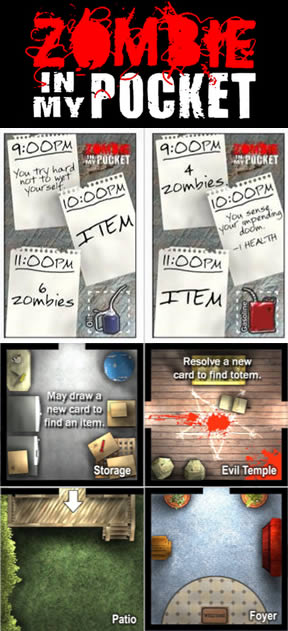 Zombie in My Pocket is the quintessential casual game: quick to play, easy to learn, solitaire and free. But it differs from the usual Jay is Games fare in one crucial respect: the platform on which it plays is not Windows or Mac or even Linux, but rather your kitchen table.
Zombie in My Pocket is the quintessential casual game: quick to play, easy to learn, solitaire and free. But it differs from the usual Jay is Games fare in one crucial respect: the platform on which it plays is not Windows or Mac or even Linux, but rather your kitchen table.






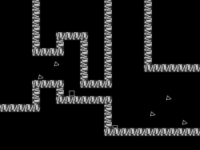
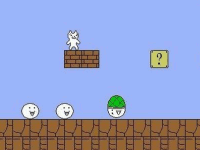

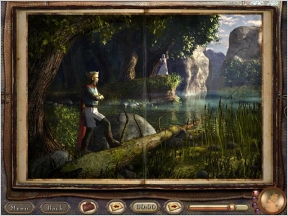
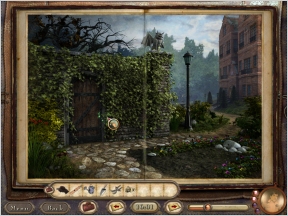

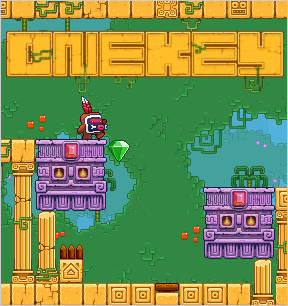
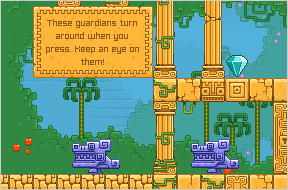

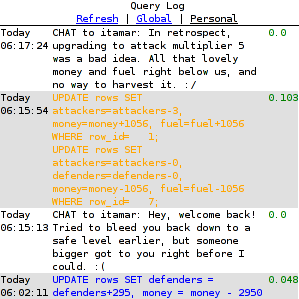
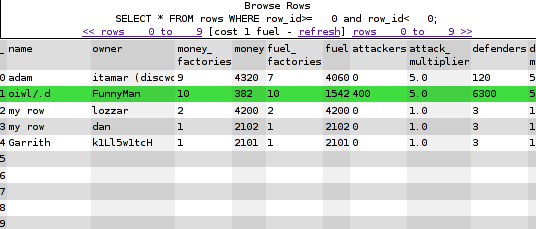
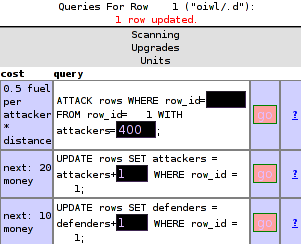

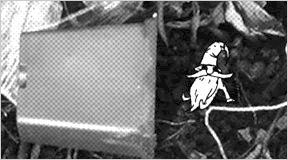

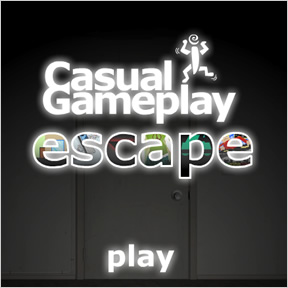



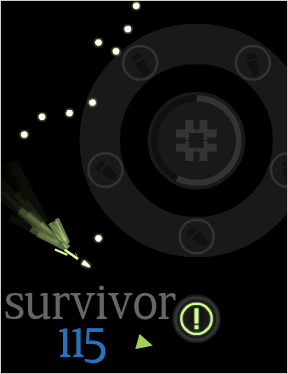
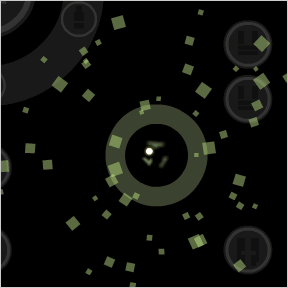
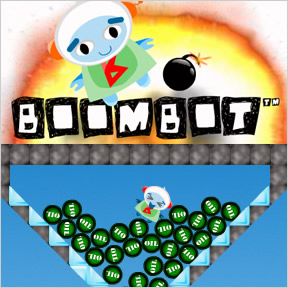

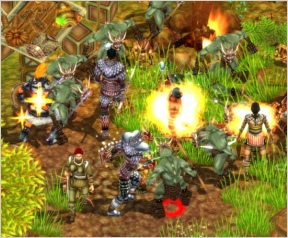
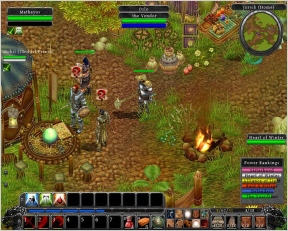
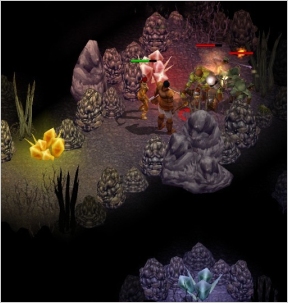
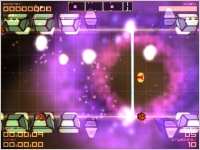
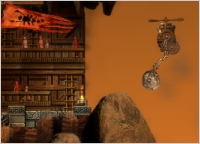
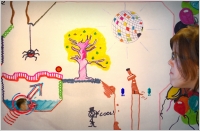
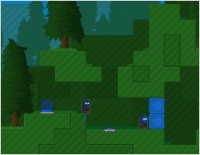
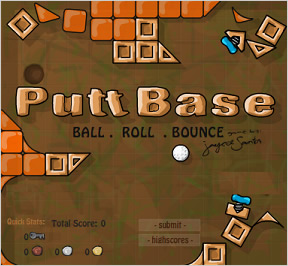


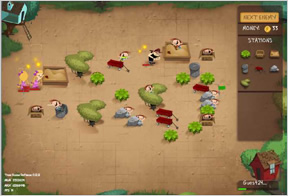 In the simple and kid friendly Tree House Defense, created by Robert Zubek and Bill Robinson for Three Rings' Whirled, protect your tree house from bullies, skateboarders, skunks, and other assorted neighborhood menaces.
In the simple and kid friendly Tree House Defense, created by Robert Zubek and Bill Robinson for Three Rings' Whirled, protect your tree house from bullies, skateboarders, skunks, and other assorted neighborhood menaces.
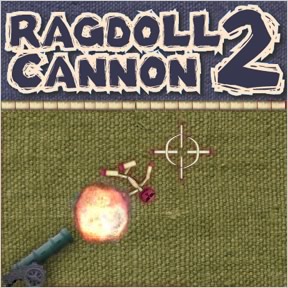

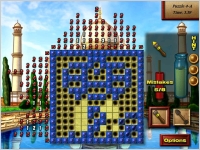
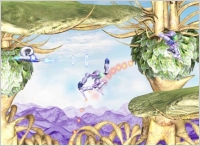


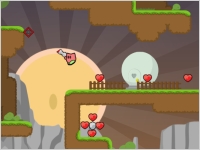
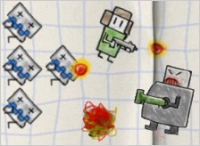
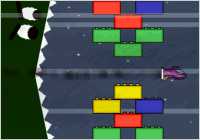




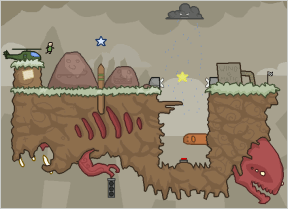
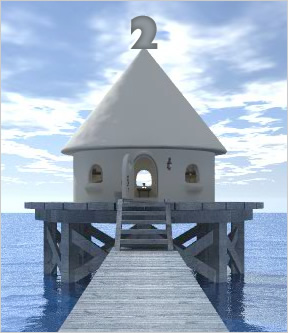

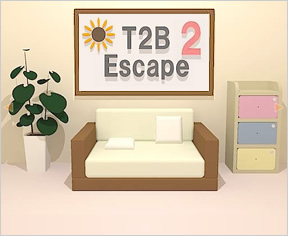

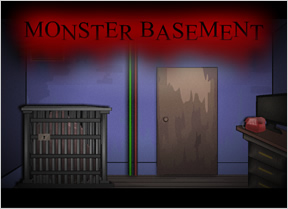
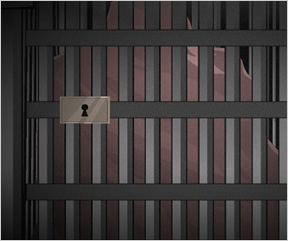

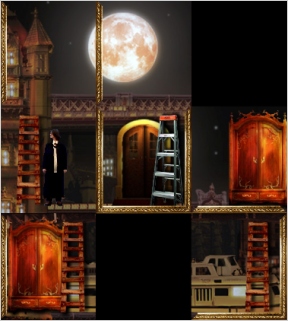
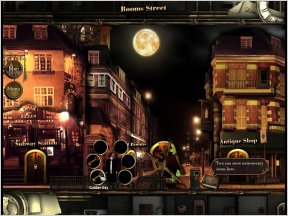

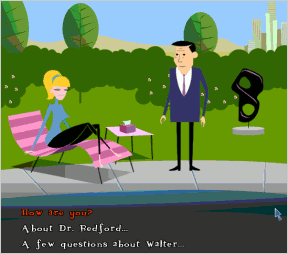
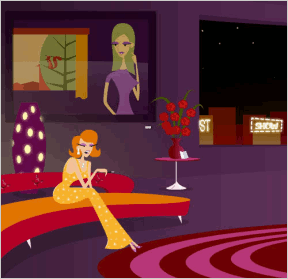

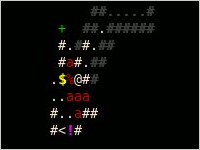
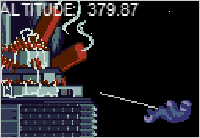
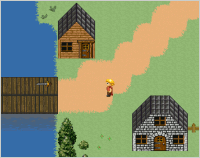


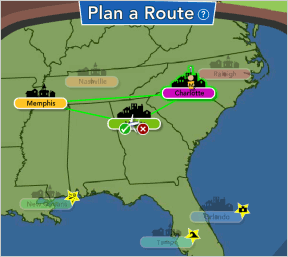
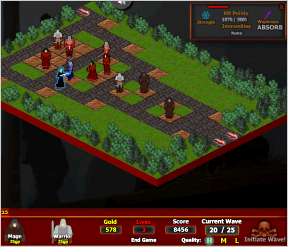
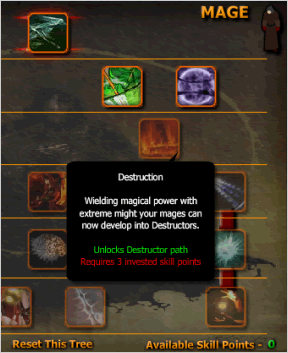
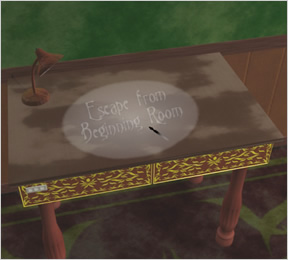
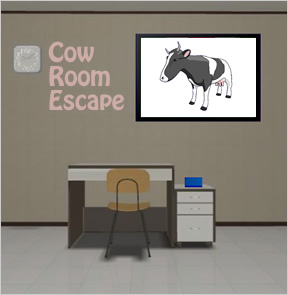
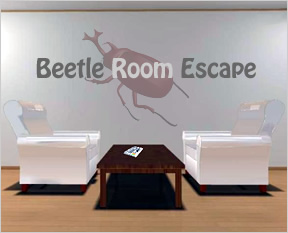
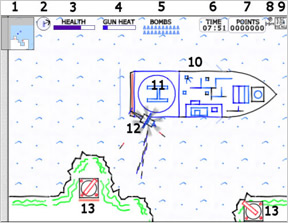
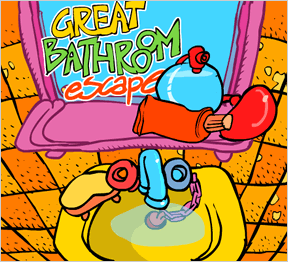
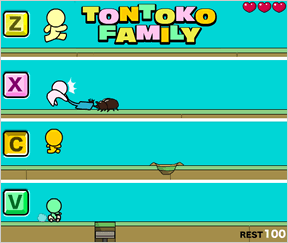
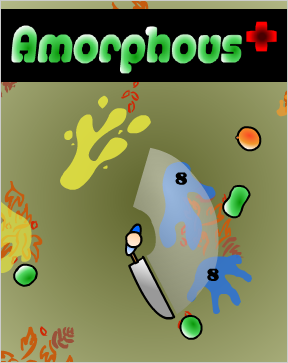



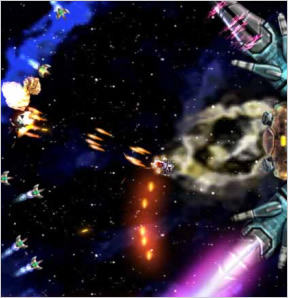
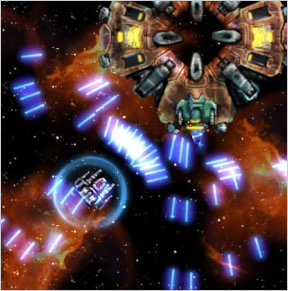

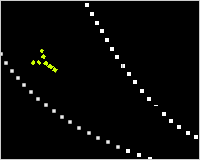
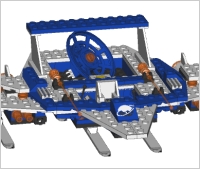
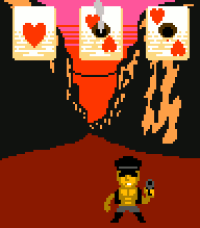

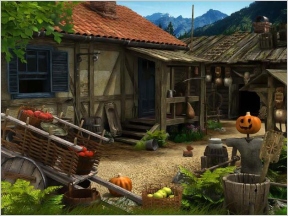
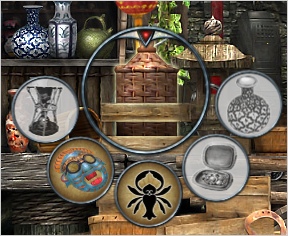



Recent Comments